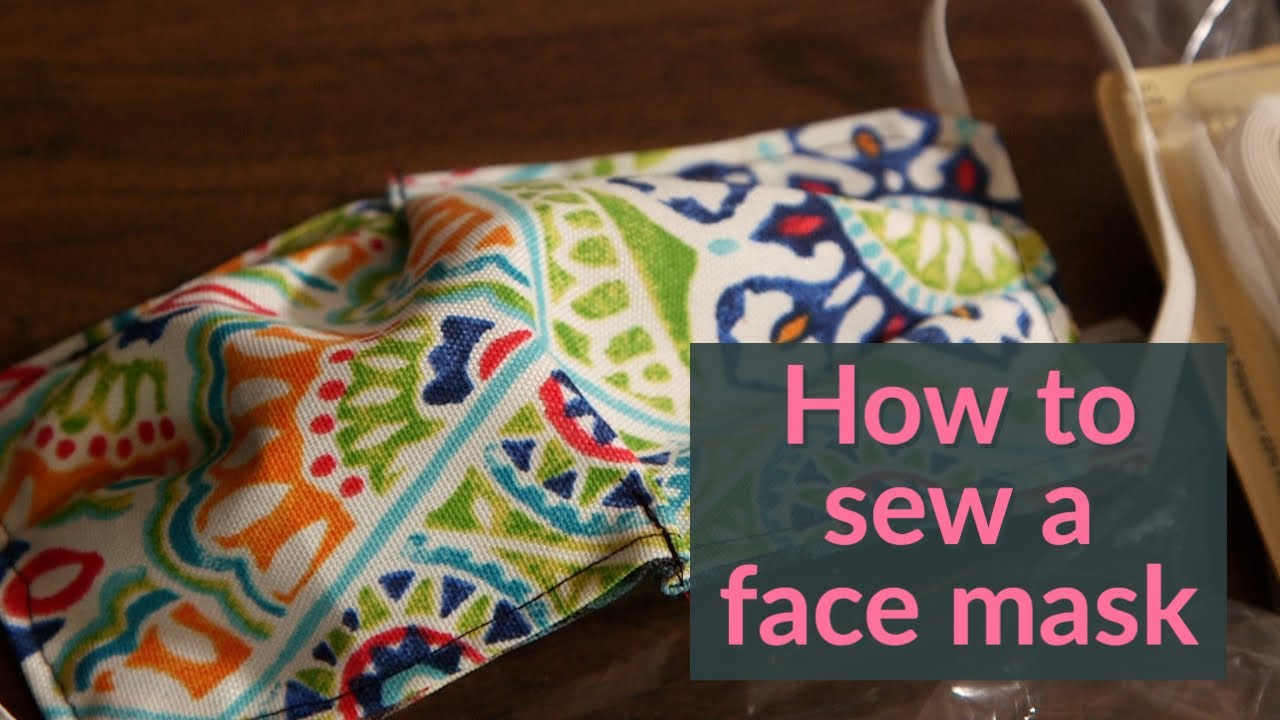Lifestyle, News trend
12 simple steps to make a fabric mask to protect from the coronavirus: See the video
CLEVELAND, Ohio — Want to make a mask to protect yourself, your community and your healthcare workers from the coronavirus?
We’ve compiled simple step-by-step directions.
You can follow them to make masks for University Hospitals, which is asking the community to make 100,000 masks to be used by hospital visitors, nurses who are not treating COVID-19 patients, by the patients themselves and as extra protection to cover N-95 masks used by doctors and nurses treating COVID-19 patients. The Cleveland Clinic is also collecting masks. Check in with each hospital system to ensure the masks you’re making meet their standards.
The U.S. Centers for Disease Control and Prevention says homemade fabric masks are a last resort for healthcare workers caring for coronavirus patients. But with masks in such short supply, the CDC says handmade masks, bandanas or scarves can be used if there is no other option.
But you can wear the mask outside a hospital, to keep your germs to yourself, while you’re taking a walk or buying food at the grocery store.
If you have a sewing machine or a needle and thread and some fabric, here’s an easy step-by-step guide for making a homemade mask, based on instructions by Deaconess Hospital in Indiana. You can also watch John Pana’s video above.
1. Cut fabric into two rectangles 6 inch-by-9 inch. Use different patterns so you know which side to touch your face.
2. Cut two elastic cords to 7-inch length.
3. Place fabric rectangles on top of each other, with the pattern-faces together.
4. Sew half the length of the top (long) edge of the mask.
5. Insert elastic into a short edge of the mask and sew along that edge
6. Sew the elastic cord into the opposite other two edges
7. Sew one more inch along the top edge but leave enough space so that you can turn the fabric right-side-out
8. Turn mask right-side-out
9. Pin fabric to create two pleats
10. Sew around the entire outside edge of the mask
11. Remove pins
12. Pleat the middle of the top edge of the mask to fit a person’s nose.
Mask-sewing Facebook groups, like the Million Mask Challenge, have popped up, if you have questions or want to share your secrets. A Cleveland-area sewing store is mobilizing thousands of makers to sew masks for Northeast Ohio hospitals during that coronavirus crisis.

